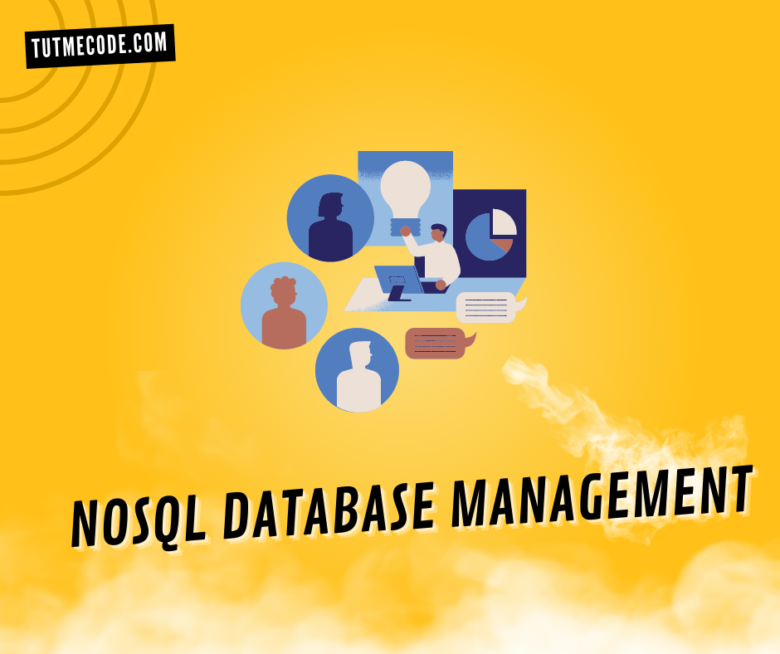In today’s era of big data and distributed systems, traditional relational databases face challenges in managing the volume, velocity, and variety of data. This has led to the emergence of NoSQL (Not Only SQL) databases, which offer flexible and scalable solutions for storing and retrieving vast amounts of unstructured and semi-structured data. In this blog post, we will delve into the world of NoSQL database management, explore its key features, and provide an example to illustrate its significance in the year 2023.
Understanding NoSQL Database Management
NoSQL databases are designed to handle large-scale data processing and storage requirements that go beyond the capabilities of traditional relational databases. Unlike relational databases, which rely on a predefined schema, NoSQL databases embrace a schema-less or schema-flexible approach. They can store and process diverse data types, including documents, key-value pairs, columnar data, and graphs.
Key Features of NoSQL Databases
- Schema Flexibility
NoSQL databases allow for dynamic schema design, enabling developers to adapt the database structure to evolving application needs. This flexibility is particularly advantageous in scenarios where data models change frequently or when dealing with unstructured data.
- Scalability and High Performance
NoSQL databases are built to scale horizontally, distributing data across multiple servers or clusters. This architecture enables seamless scaling as data volume and user demands grow, ensuring high availability and accommodating large workloads with minimal performance degradation.
- Data Replication and Distribution
NoSQL databases often employ replication and data distribution mechanisms to enhance fault tolerance and data availability. Replicating data across multiple nodes ensures that data remains accessible even in the event of hardware failures or network disruptions.
- Querying Flexibility
NoSQL databases offer various querying approaches, including key-based access, document-oriented queries, columnar queries, and graph traversals. These flexible querying options cater to different data access patterns and allow for efficient data retrieval and analysis.
- Horizontal Partitioning
NoSQL databases employ sharding or partitioning techniques to horizontally distribute data across multiple nodes or servers. By dividing data into smaller subsets, each managed by a separate node, databases can handle larger datasets and achieve better performance through parallel processing.
Example
NoSQL Database Management in Social Media Analytics
Consider a social media analytics platform in 2023 that processes massive amounts of user-generated content, such as posts, comments, and interactions. NoSQL database management plays a crucial role in handling this vast and rapidly evolving dataset:
- Schema Flexibility
The platform utilizes a document-oriented NoSQL database to store social media content. The flexible schema allows for the seamless integration of new data fields, such as hashtags, mentions, or sentiment analysis results, without disrupting existing data.
- Scalability and High Performance
As the user base and content volume grow, the NoSQL database scales horizontally by adding more nodes to the cluster. This ensures that the platform can handle the ever-increasing data influx and user queries without sacrificing performance.
- Data Replication and Distribution
The NoSQL database replicates data across multiple nodes, ensuring data availability even in the face of hardware failures or network disruptions. This replication strategy enhances the platform’s fault tolerance and provides uninterrupted service to users.
- Querying Flexibility
The database’s document-oriented model allows for flexible querying, empowering the platform to perform complex analyses on social media data. For example, it can efficiently retrieve posts based on specific criteria, such as user demographics, post content, or engagement metrics.
- Horizontal Partitioning
To accommodate the vast amount of user-generated content, the NoSQL database employs horizontal partitioning, sharding the data across multiple nodes. This enables parallel processing of queries, ensuring quick response times even when dealing with massive datasets.
Conclusion
NoSQL database management has revolutionized the way organizations handle large-scale and diverse data in 2023. Its features, such as schema flexibility, scalability, and high performance, make it an ideal choice for applications dealing with unstructured and rapidly changing data. As demonstrated by our example of a social media analytics platform, NoSQL databases empower businesses to harness the power of scalable data storage, enabling them to extract valuable insights, drive innovation, and stay ahead in today’s data-driven world.




